Regulatory Approvals and Clinical Guidelines
Regulatory approvals and the establishment of clinical guidelines for the use of botulinum toxin in urology are critical drivers for the Botulinum Toxin In Urology Market. Regulatory bodies have increasingly recognized the therapeutic potential of botulinum toxin, leading to approvals for various urological applications. These approvals provide a framework for healthcare providers, ensuring that they can offer safe and effective treatments to patients. Additionally, the development of clinical guidelines helps standardize practices, promoting the use of botulinum toxin in urology. As more guidelines are established and regulatory approvals are granted, the market is likely to experience accelerated growth, as practitioners gain confidence in utilizing botulinum toxin for urological disorders.
Shift Towards Non-Surgical Treatment Options
There is a notable shift in patient preference towards non-surgical treatment options for urological conditions, which significantly influences the Botulinum Toxin In Urology Market. Patients increasingly seek less invasive alternatives to traditional surgical procedures, driven by the desire for reduced recovery times and lower risks of complications. Botulinum toxin injections offer a minimally invasive solution that can be performed in an outpatient setting, making it an attractive option for both patients and healthcare providers. The market for botulinum toxin in urology is projected to grow as more practitioners recognize the benefits of these treatments. Furthermore, the convenience and effectiveness of botulinum toxin may lead to increased patient satisfaction, further driving market expansion.
Increasing Prevalence of Urological Disorders
The rising incidence of urological disorders, such as overactive bladder and urinary incontinence, appears to be a primary driver for the Botulinum Toxin In Urology Market. According to recent data, approximately 33 million individuals in the United States alone suffer from overactive bladder, indicating a substantial patient population seeking effective treatment options. This growing prevalence necessitates innovative therapeutic solutions, and botulinum toxin has emerged as a viable alternative to traditional medications. The efficacy of botulinum toxin in alleviating symptoms associated with these disorders is well-documented, which may further enhance its adoption among healthcare providers. As awareness of these conditions increases, the demand for botulinum toxin treatments is likely to rise, thereby propelling the market forward.
Technological Innovations in Delivery Systems
Technological innovations in delivery systems for botulinum toxin are poised to enhance the Botulinum Toxin In Urology Market. Advances in injection techniques and devices have improved the precision and efficacy of botulinum toxin administration, leading to better patient outcomes. For instance, the development of specialized needles and injection systems allows for more accurate targeting of affected areas, minimizing discomfort and maximizing therapeutic effects. These innovations not only improve the overall patient experience but also encourage healthcare providers to adopt botulinum toxin treatments more readily. As technology continues to evolve, it is likely that the market will witness further enhancements in delivery methods, thereby expanding the scope of botulinum toxin applications in urology.
Growing Awareness and Acceptance of Botulinum Toxin
The growing awareness and acceptance of botulinum toxin as a therapeutic agent in urology is a significant driver for the Botulinum Toxin In Urology Market. Educational initiatives and clinical studies have contributed to a better understanding of the safety and efficacy of botulinum toxin in treating urological disorders. As healthcare professionals become more informed about the benefits of this treatment, they are more likely to recommend it to patients. This increased acceptance is reflected in the rising number of botulinum toxin procedures performed annually. Market data suggests that the number of botulinum toxin injections for urological applications has seen a steady increase, indicating a positive trend in its adoption. This growing recognition is likely to bolster market growth in the coming years.


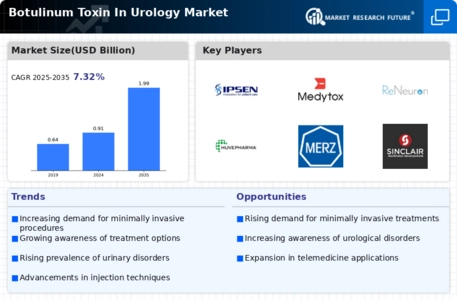


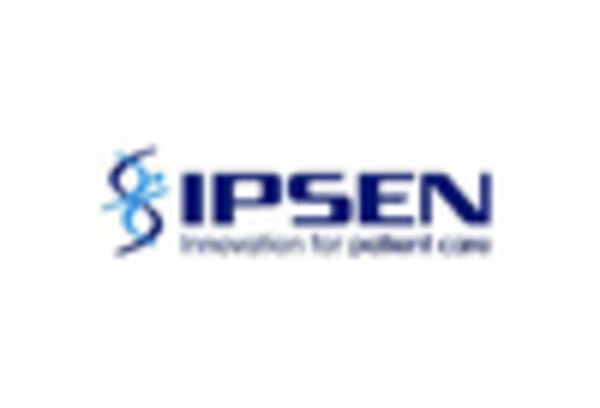
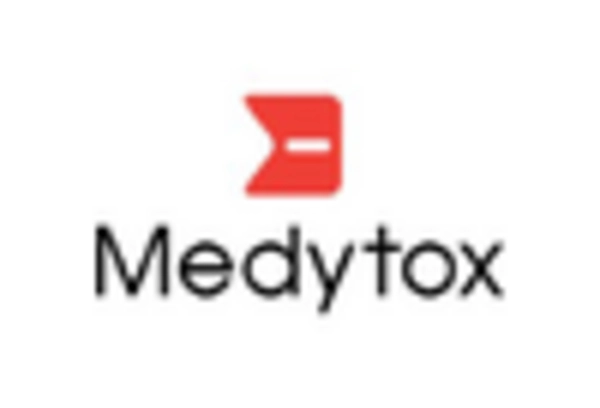
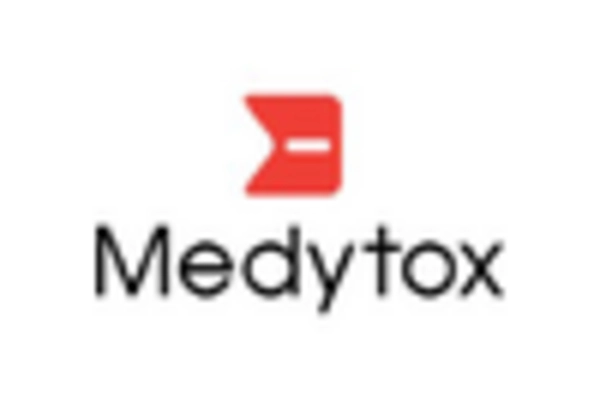
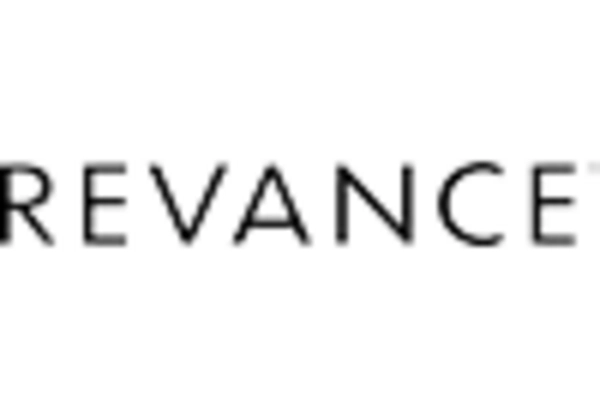








Leave a Comment